It’s time to leave the guidebook behind and get on an adventure for overlooked treasures.
1. Sa Dec
A dreamy, colonial town
If you are a fan of the Marguerite Duras autobiographical novel “The Lover,” Sa Dec, the original setting of the story, is worth a visit. As a scenic town with a rich history, you will come across many French-era houses and buildings scattered around the Mekong Delta town.
Once dubbed “Indochina’s flower garden,” Sa Dec now has several tourist-friendly flower villages. Also check the free electric cars and free tour guides when you’re here.
Best time to visit: January and February.
What to try: Hu tieu, a southern noodle soup.
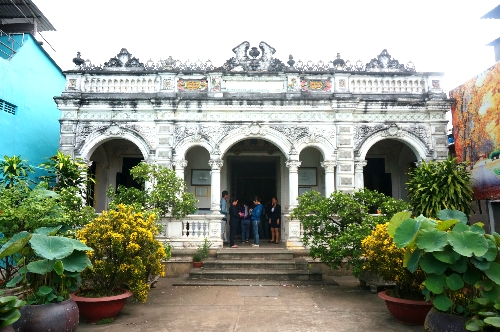
Huynh Thuy Le ancient house, the original setting of the novel “The Lover”. Photo by Phan Loc

Mrs. Sam’s Hu Tieu – one of the most popular restaurants in town. Photo by Lieu Lam
2. Phan Rang – Thap Cham
The place of everything
While many people are crazy about Da Lat and Phan Thiet, Phan Rang could actually be a better jack-of-all-trades for tourists. There are just so many things to explore: from the centuries-old towers of the Champa kingdom, to the hidden bays dotted along the spectacular coast, to jungle-clad mountains.
For nature lovers, the town also stands out as it is perfectly located, right next to a green gem of the central region: the Nui Chua National Park.
Best time to visit: Just avoid the monsoon season if you want to enjoy the beaches and the forests.
What to try: Biking or cycling along the new coastal road that connects Nha Trang and Da Lat for out-of-this-world scenery.
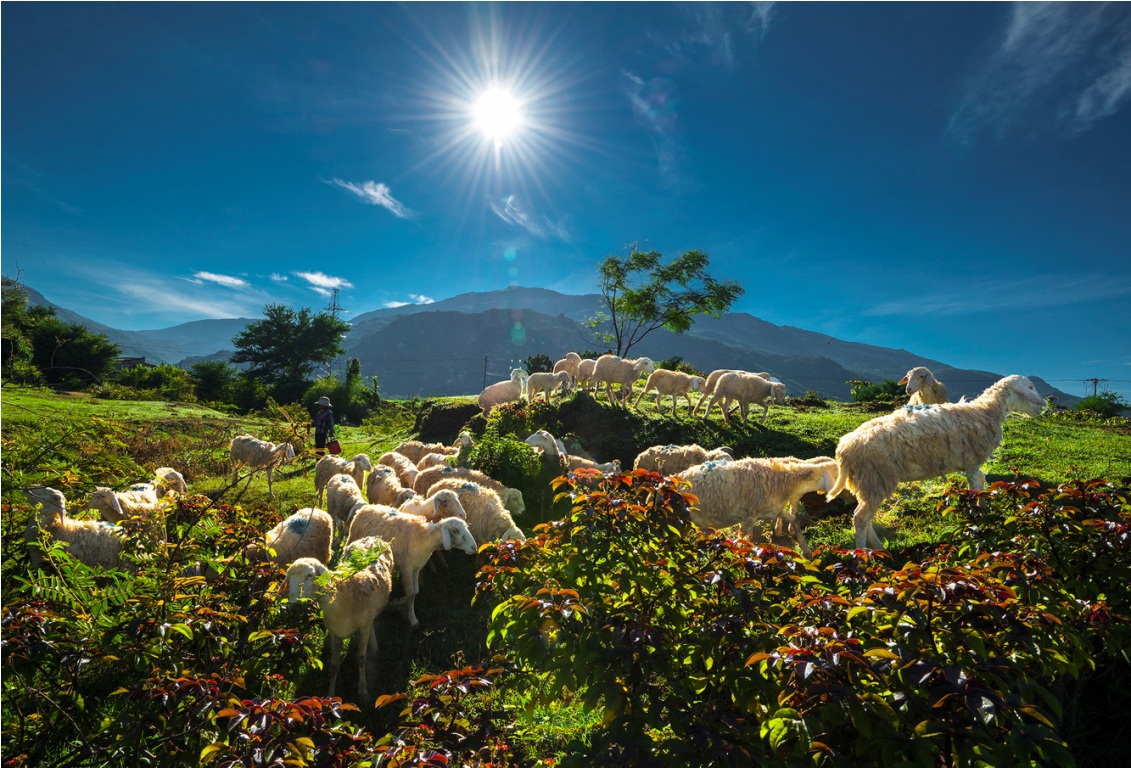
Photo by Tran Binh An
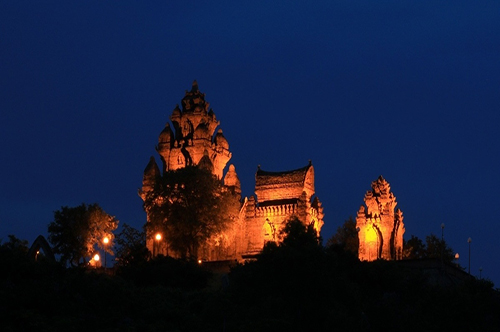
Po Klong Garai in Phan Rang. Photo by Le Bich
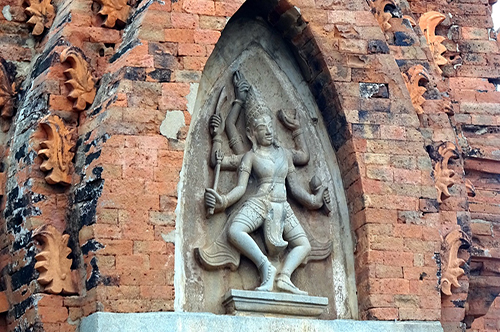
Po Klong Garai in Phan Rang. Photo by Le Bich
3. Lang Co
If you skip the bay, your trip to central Vietnam is not complete
It is hard to describe the breath-taking beauty of Lang Co bay-side town, but everybody who has been there agrees that the sand is whiter, the ocean is bluer and the skies are brighter than anywhere else in Vietnam.
Sitting pretty on the way connecting Da Nang with Hue, the former fishing village is easy to reach and a perfect choice for a quick peaceful getaway in the summer.
And there are many hostels and expensive resorts to go with your budget.
Best time to visit: From April to June, when rains and the chilling weather are away.
What to try: Eating fresh seafood from the lagoon, and watching sunrise and sunset on the beach.
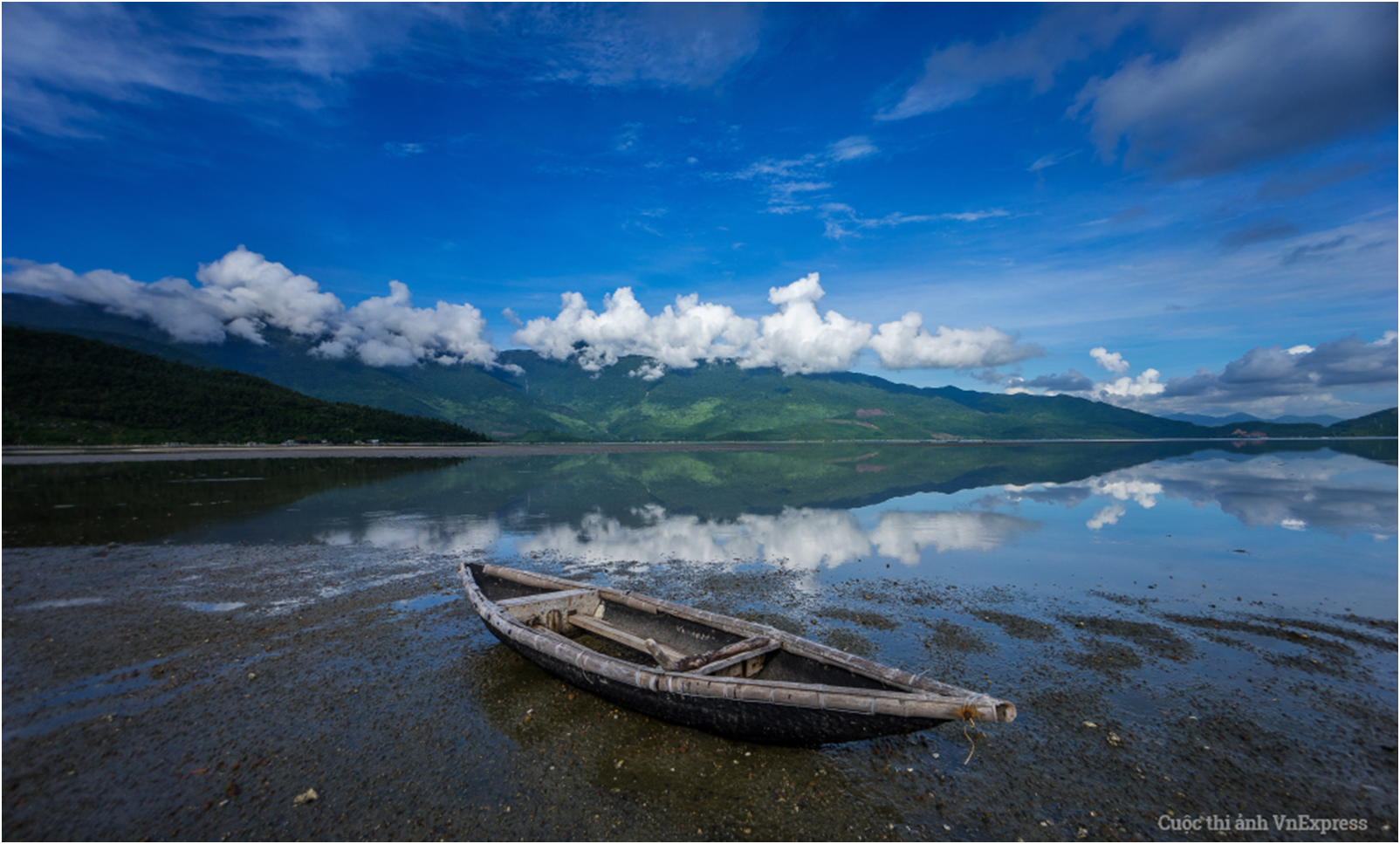
Photo by VnExpress Photo Contest/Nguyen Xuan Duy
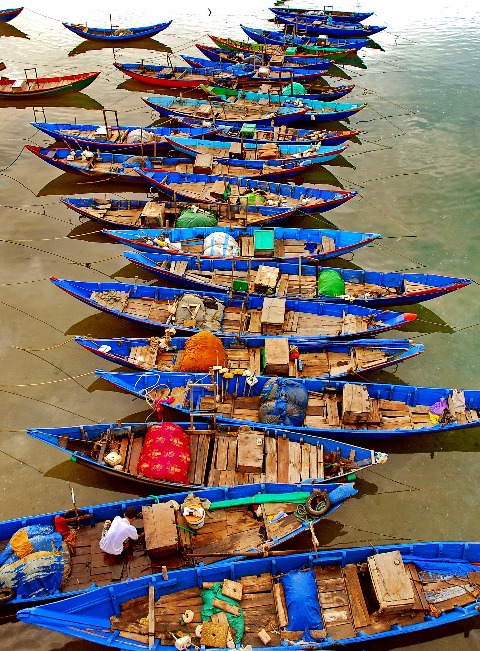
Photo by Nguyen Xuan Huu Tam
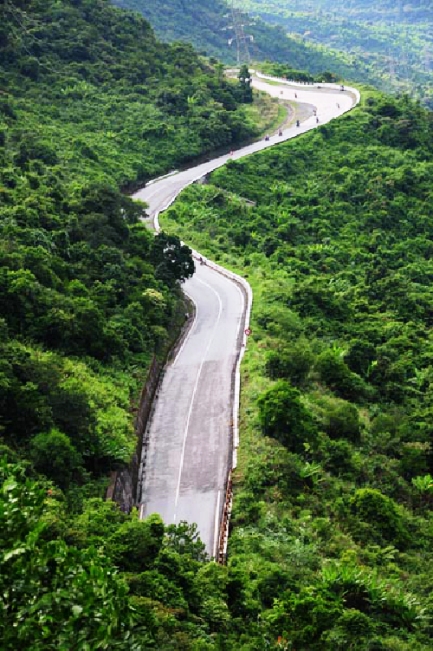
Photo by Lam Linh
4. Tam Dao
When Heaven meets Earth
Instead of heading east toward Ha Long Bay, venture west to Tam Dao, or “three islands” in Vietnamese. A two-hour ride from Hanoi offers a sea of clouds, merry meals and a maze of hidden spots.
Covered with a rich flora, Tam Dao is also a naturalists’ paradise, offering fresh air and cool weather, plus a varied supply of insects if you want to explore further.
Best time to visit: Literally anytime of the year
What to try: Trekking to explore the rocky mountains, which is known as one of the most challenging yet underrated treks in the north. Local youths use the path as a warm-up for the 3,143-meter high Fansipan, the highest mountain in Indochina.
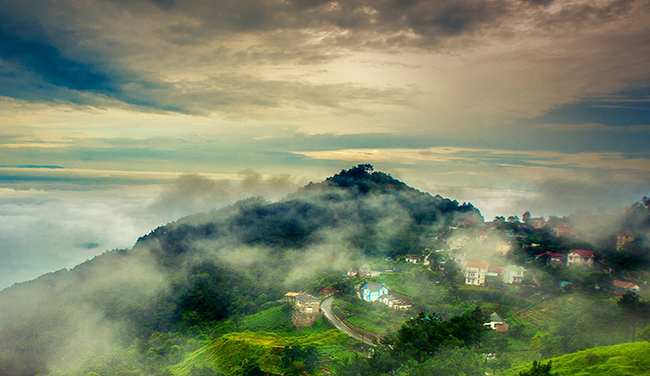
5. Dong Van Plateau
The northermost point of Vietnam
If Sa Pa is too touristy for you, remember that you still have Dong Van, an arguably more authentic and unique alternative. This is technically more a village than a town, but it does give you that small-town charm that you might be looking for.
The place is not easy to reach and requires a certain level of motorbike riding skills, but its peaceful culture nurtured by ethnic communities and a stunning karst plateau geopark have never disappointed anyone.
Best time to visit: October, when the buckwheat fields are in full.
What to try: Coffee at the only cafe in Lo Lo Chai, which is 1.4 kilometers from the Lung Cu flagpole.

Photo by VnExpress Photo Contest/Tran Binh An
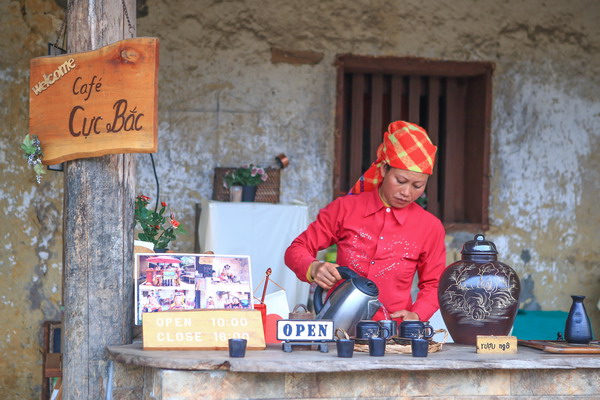
The only cafe in Lo Lo Chai. The owner, also the barista, can speak English. Photo by Nick M
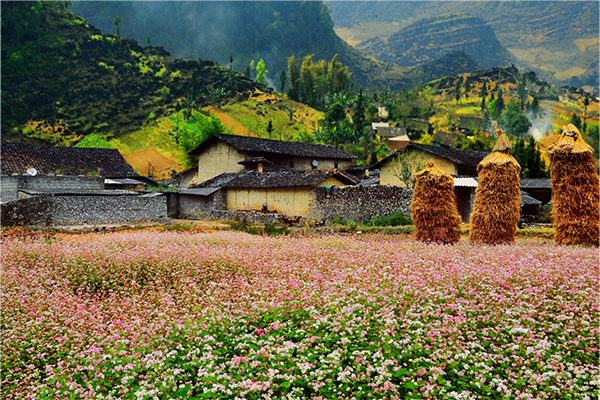
A buckwhear field in Dong Van, Ha Giang. Photo by VnExpress Photo Contest/Pham Thi Thu Ha. Top photo of Tam Dao by Vu Khanh

